Primality, Fractality, and Image Analysis
Abstract
1. Introduction
2. Preliminaries
2.1. Prime Numbers, PIPs, and Ramanujan Primes
2.2. Fractality and Rényi Dimension
3. Binary Image and Primality
3.1. PIPs and Ramanujan Primes
3.2. Asymptoticity and k-Order PIPs
4. An Application in Dynamical Systems: The Hénon Map
5. Conclusions
Funding
Conflicts of Interest
References
- Guy, R. Unsolved Problems in Number Theory; Springer: New York, NY, USA, 2010. [Google Scholar]
- Nash, J.F., Jr.; Rassias, M.T. (Eds.) Open Problems in Mathematics; Springer: New York, NY, USA, 2016. [Google Scholar]
- Bennet, C.H.; Brassard, G. Quantum cryptography: Public key distribution and coin tossing. Theor. Comput. Sci. 2014, 560, 7–11. [Google Scholar] [CrossRef]
- Goles, E.; Schulz, O.; Markus, M. Prime number selection of cycles in a predator-prey model. Complexity 2001, 6, 33–38. [Google Scholar] [CrossRef]
- Yan, J.F.; Yan, A.K.; Yan, B.C. Prime numbers and the amino acid code: Analogy in coding properties. J. Theor. Biol. 1991, 151, 333–341. [Google Scholar] [CrossRef]
- Bershadskii, A. Hidden Periodicity and Chaos in the Sequence of Prime Numbers. Adv. Math. Phys. 2011, 2011, 519178. [Google Scholar] [CrossRef]
- van Zyl, B.P.; Hutchinson, D.A.W. Riemann zeros, prime numbers, and fractal potentials. Phys. Rev. E 2003, 67, 066211. [Google Scholar] [CrossRef]
- Broughan, K.A.; Barnett, A.R. On the subsequence of primes having prime subscripts. J. Integer Seq. 2009, 12, 1–12. [Google Scholar]
- Allain, C.; Cloitre, M. Characterizing the lacunarity of random and deterministic fractal sets. Phys. Rev. A 1991, 44, 3552–3558. [Google Scholar] [CrossRef]
- Ares, S.; Castro, M. Hidden structure in the randomness of the prime number sequence? Physica A 2006, 360, 285–296. [Google Scholar] [CrossRef]
- Wolf, M. 1/f noise in the distribution of prime numbers. Physica A 1997, 241, 493–499. [Google Scholar] [CrossRef]
- Batchko, R.G. A prime fractal and global quasi-self-similar structure in the distribution of prime-indexed primes. arXiv, 2014; arXiv:1405.2900v2. [Google Scholar]
- Salas, C. Base-3 repunit primes and the Cantor set. Gen. Math. 2011, 19, 103–107. [Google Scholar]
- Wolf, M. Some heuristics on the gaps between consecutive primes. arXiv, 2011; arXiv:1102.0481. [Google Scholar]
- Vartziotis, D.; Wipper, J. The Fractal Nature of an Approximate Prime Counting Function. Fractal Fract. 2017, 1, 10. [Google Scholar] [CrossRef]
- Cattani, C.; Ciancio, A. On the fractal distribution of primes and prime-indexed primes by the binary image analysis. Physica A 2016, 460, 222–229. [Google Scholar] [CrossRef]
- Sondow, J. Ramanujan Primes and Bertrand’s postulate. Am. Math. Mon. 2009, 116, 630–635. [Google Scholar] [CrossRef]
- Shevelev, V. Ramanujan and Labos Primes, Their Generalizations, and Classifications of Primes. J. Integer Seq. 2012, 15, 1–15. [Google Scholar]
- Newman, D.J. Simple analytic proof of the prime number theorem. Am. Math. Mon. 1980, 87, 693–696. [Google Scholar] [CrossRef]
- Bayless, J.; Klyve, D.; Oliveira e Silva, T. New bounds and computations on prime-indexed primes. Integers 2013, 13, 1–21. [Google Scholar]
- Hutchinson, J.E. Fractals and self similarity. Indiana Univ. Math. J. 1981, 30, 713–747. [Google Scholar] [CrossRef]
- Hentschel, H.G.E.; Procaccia, I. The infinite number of generalized dimensions of fractals and strange attractors. Physica D 1983, 8, 435–444. [Google Scholar] [CrossRef]
- Guariglia, E. Harmonic Sierpinski Gasket and Applications. Entropy 2018, 20, 714. [Google Scholar] [CrossRef]
- Guariglia, E. Entropy and Fractal Antennas. Entropy 2016, 18, 84. [Google Scholar] [CrossRef]
- Plotnick, R.E.; Gardner, R.H.; Hargrove, W.W.; Prestegaard, K.; Perlmutter, M. Lacunarity analysis: A general technique for the analysis of spatial patterns. Phys. Rev. E 1996, 53, 5461–5468. [Google Scholar] [CrossRef]
- Kubacki, R.; Czyżewski, M.; Laskowski, D. Minkowski Island and Crossbar Fractal Microstrip Antennas for Broadband Applications. Appl. Sci. 2018, 8, 334. [Google Scholar] [CrossRef]
- Falconer, K.J. Fractal Geometry: Mathematical Foundations and Applications; John Wiley & Sons: Hoboken, NJ, USA, 2003. [Google Scholar]
- Hénon, M. A two-dimensional mapping with a strange attractor. Commun. Math. Phys. 1976, 50, 69–77. [Google Scholar] [CrossRef]
- Tirnakli, U. Two-dimensional maps at the edge of chaos: Numerical results for the Henon map. Phys. Rev. E 2002, 66, 066212. [Google Scholar] [CrossRef] [PubMed]
- Di Lena, G.; Franco, D.; Martelli, M.; Messano, B. From Chaos to Global Convergence. Mediterr. J. Math. 2011, 8, 473–489. [Google Scholar] [CrossRef]

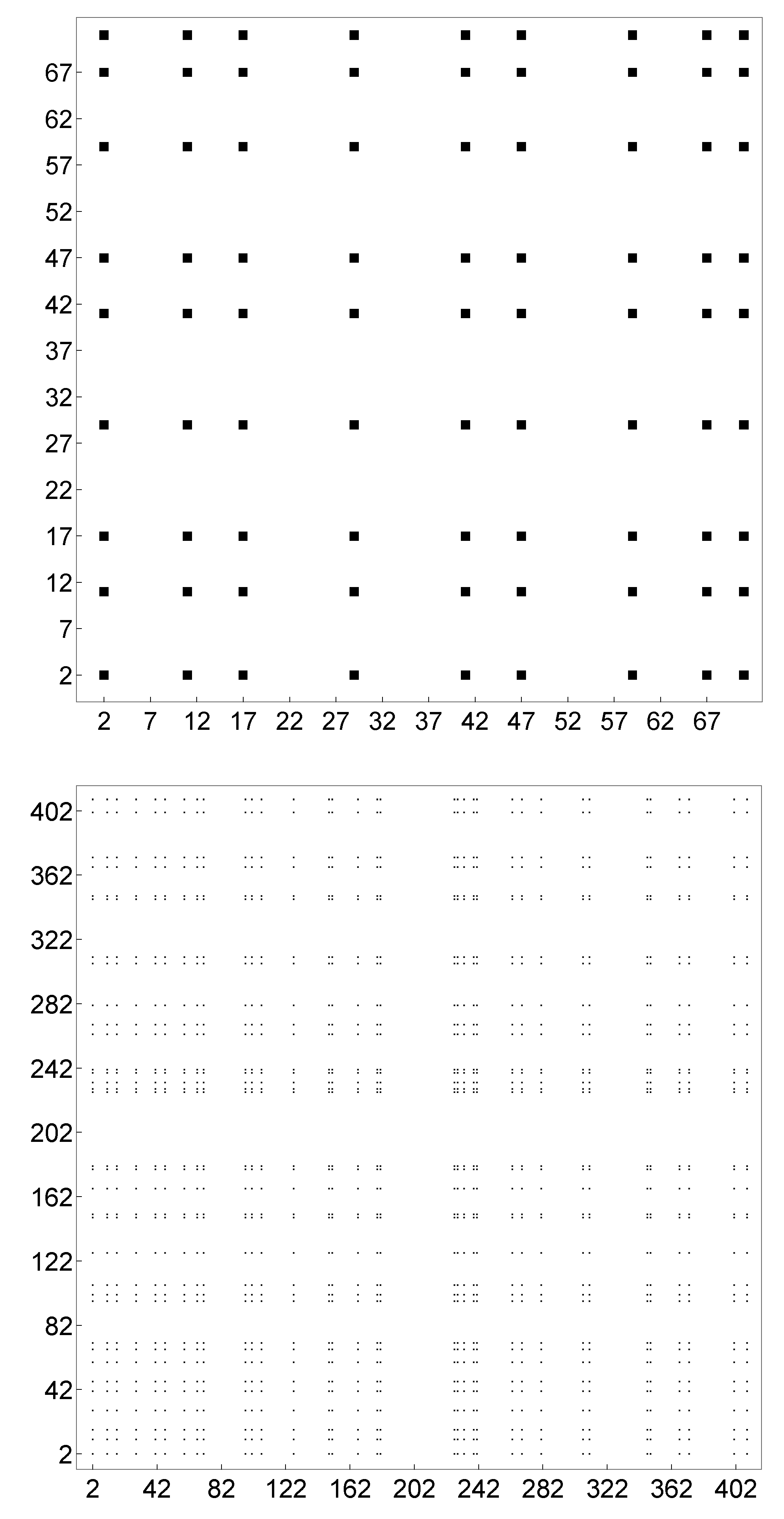
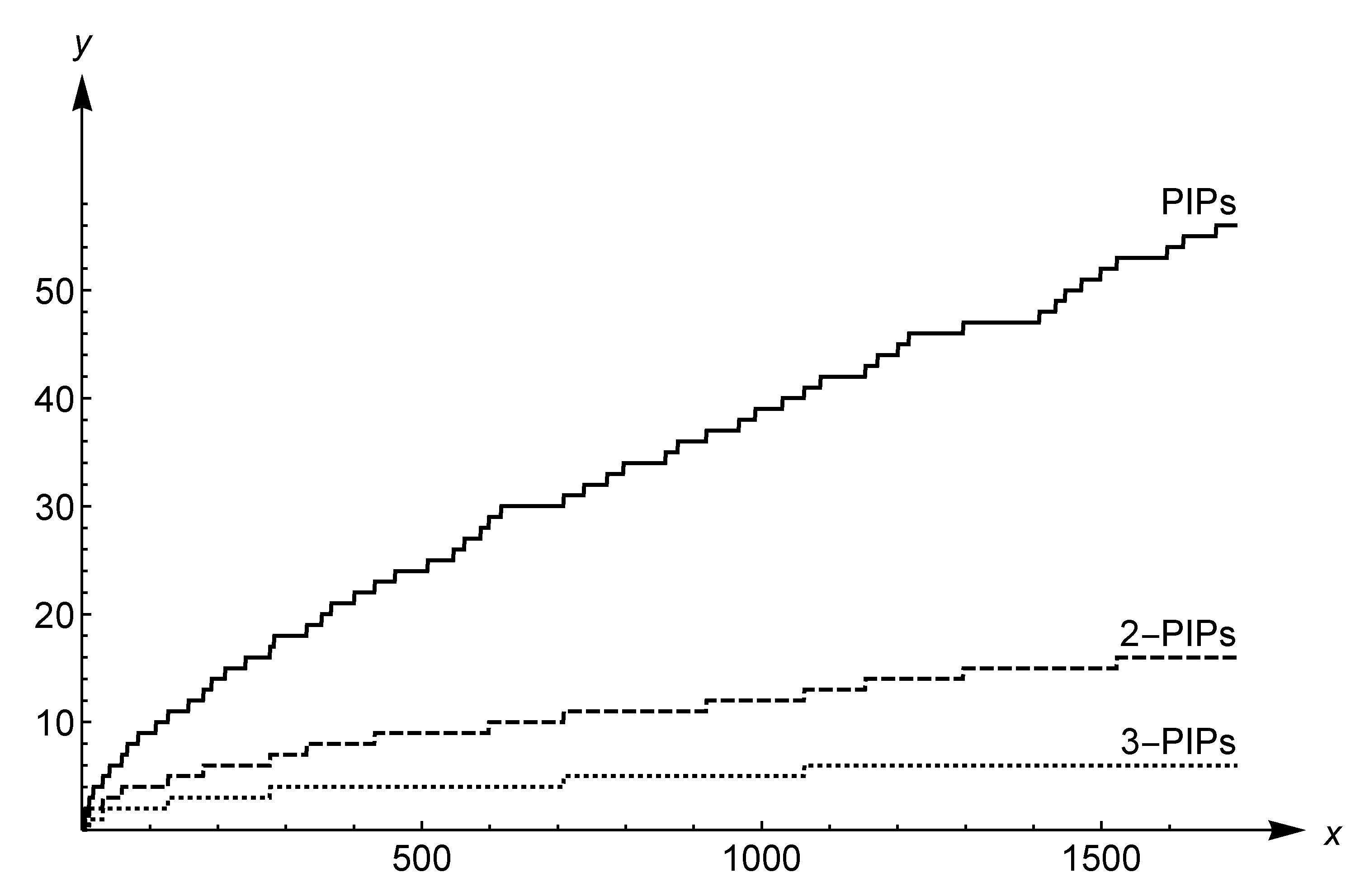
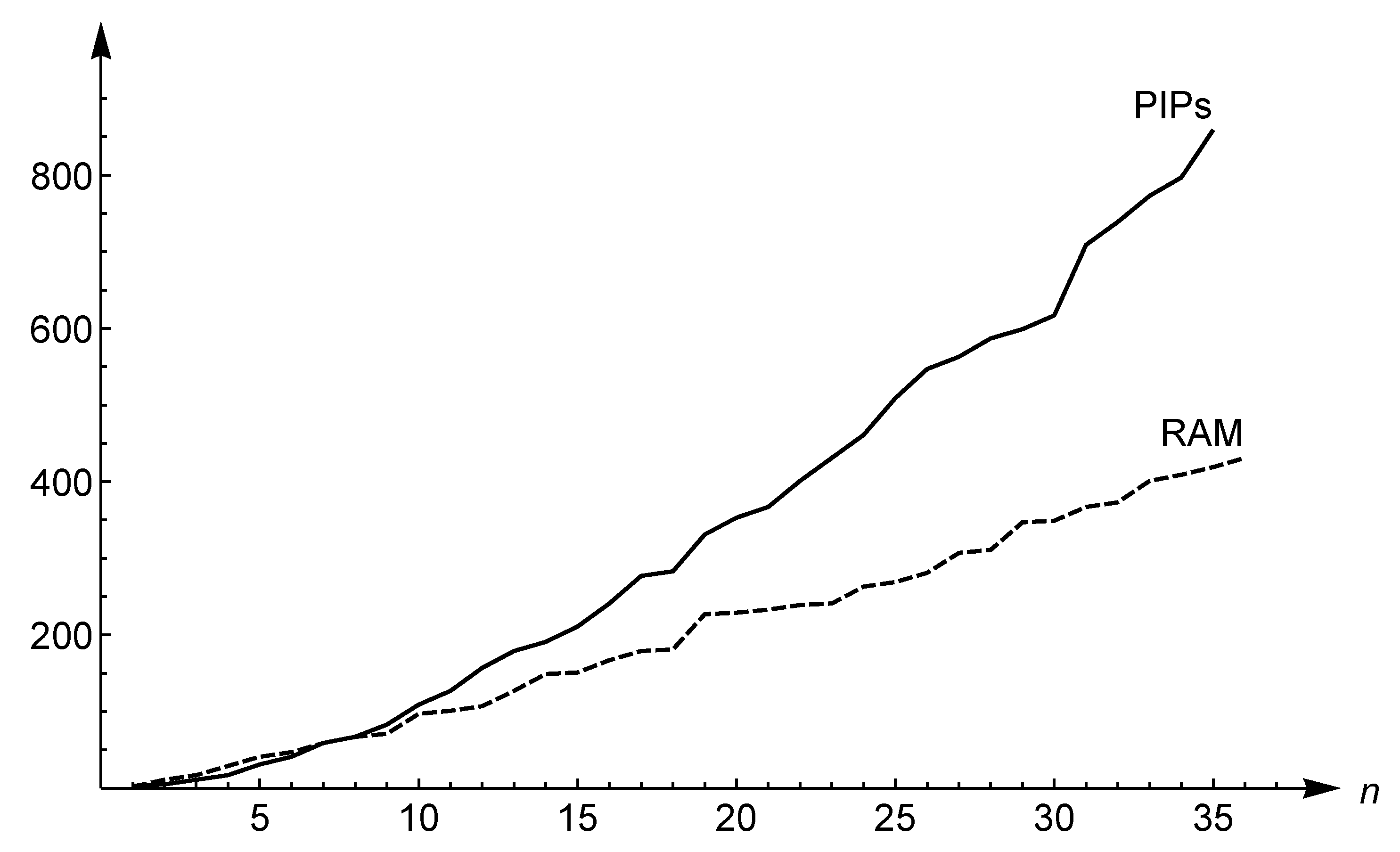
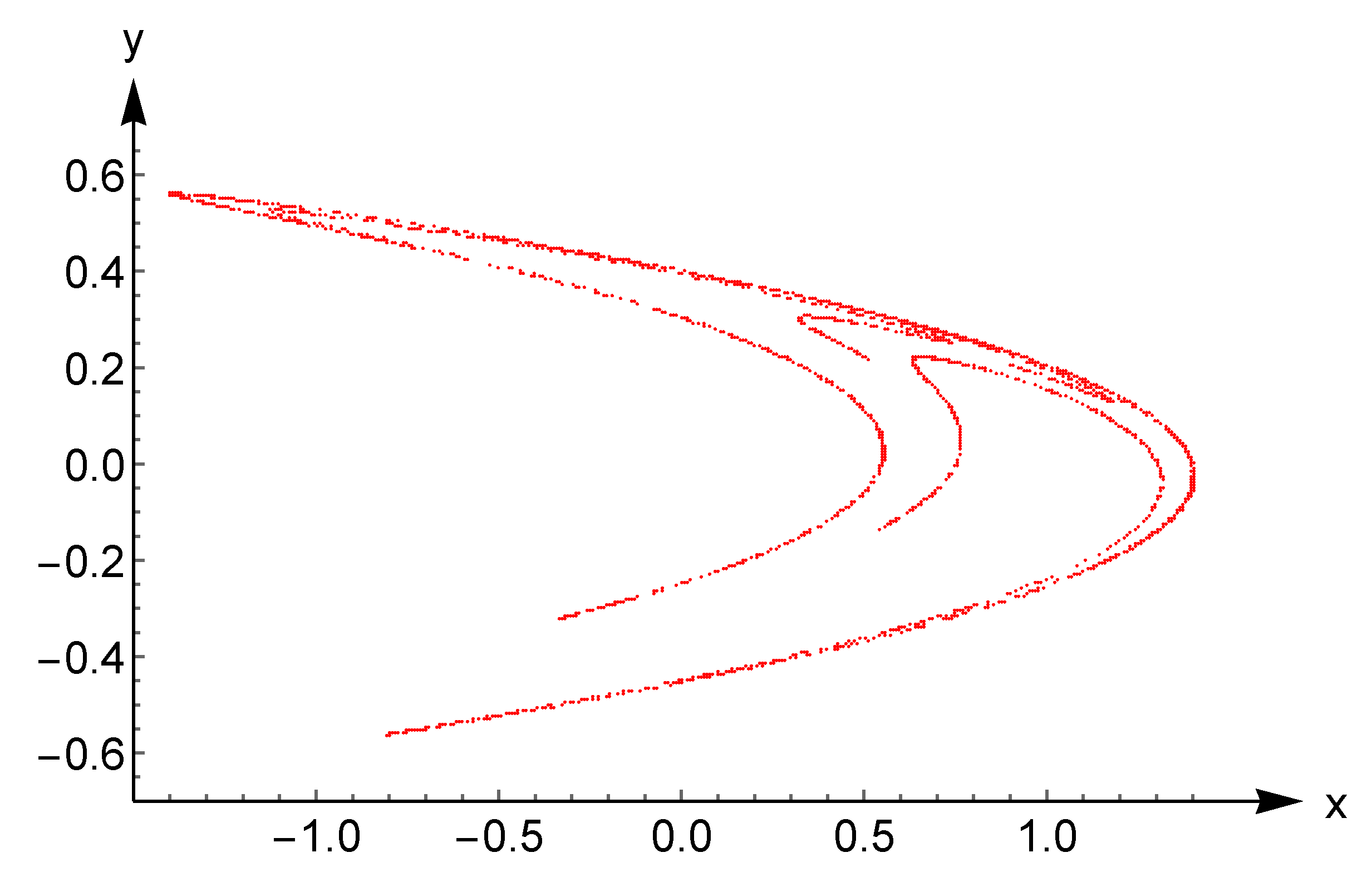
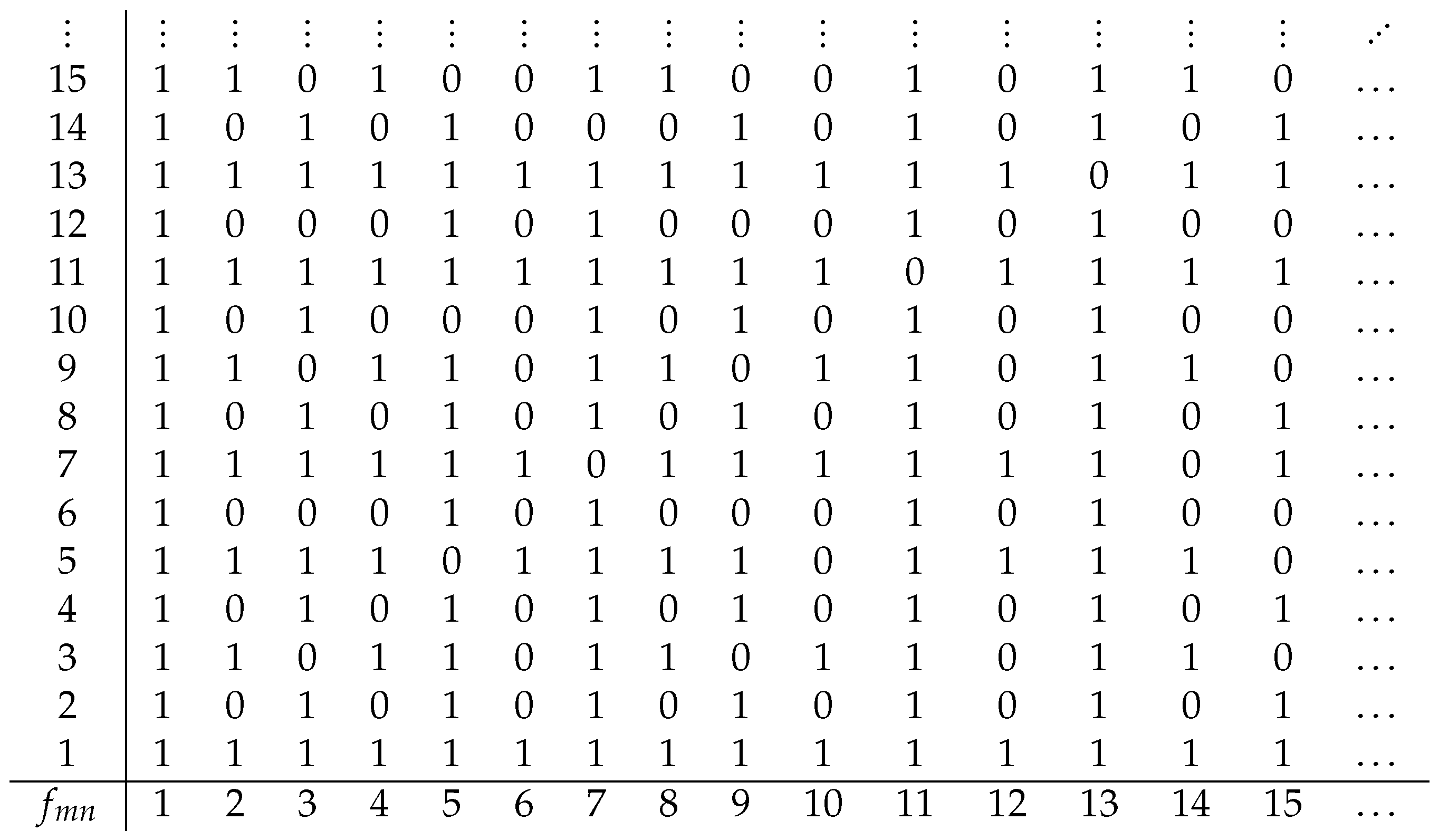
© 2019 by the author. Licensee MDPI, Basel, Switzerland. This article is an open access article distributed under the terms and conditions of the Creative Commons Attribution (CC BY) license (http://creativecommons.org/licenses/by/4.0/).
Share and Cite
Guariglia, E. Primality, Fractality, and Image Analysis. Entropy 2019, 21, 304. https://doi.org/10.3390/e21030304
Guariglia E. Primality, Fractality, and Image Analysis. Entropy. 2019; 21(3):304. https://doi.org/10.3390/e21030304
Chicago/Turabian StyleGuariglia, Emanuel. 2019. "Primality, Fractality, and Image Analysis" Entropy 21, no. 3: 304. https://doi.org/10.3390/e21030304
APA StyleGuariglia, E. (2019). Primality, Fractality, and Image Analysis. Entropy, 21(3), 304. https://doi.org/10.3390/e21030304





